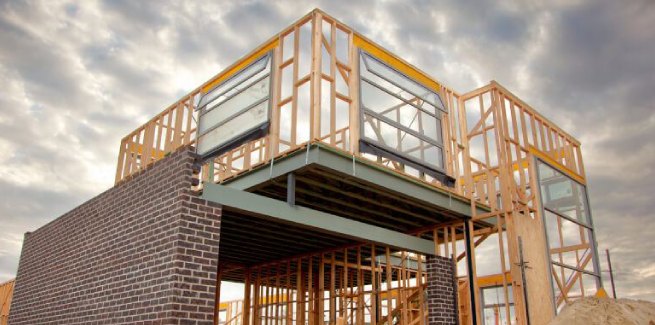Building Activity figures for the March 2021 quarter released by the Australian Bureau of Statistics (ABS) have revealed that the seasonally adjusted estimate for the total number of dwelling units commenced rose by 0.2 per cent to 51,662 dwellings.
This was driven by a 5.9 per cent increase in the number of new detached housing commencements to a 20-year high of 35,869 and has followed a 27.1 per cent rise in the December 2021 quarter.
New house commencements surged by 40.2 per cent in the March 2021 quarter compared with the March 2020 quarter.
Total dwelling units rose by 13.1 per cent compared with the same time last year.
However, new private sector other residential building (which include multi-units) slumped by 11.3 per cent in the March 2021 quarter, and 23.8 per cent compared with the March 2020 quarter to 14,667 dwellings.
The seasonally adjusted value of total building work done rose 3 per cent in the March 2021 quarter to $30.4 billion, but this marked a 1.1 per cent decline compared with the same period in 2020.
The quarterly rise was driven by new residential building work done, which was up by 4.8 per cent in the March quarter to $16.2 billion in seasonally adjusted terms, marking a 2.6 per cent rise from the March 2020 quarter.
Alterations and additions to residential building surged both in the March 2021 quarter (11.4 per cent) and compared with the same time last year (18.5 per cent) to total $2.9 billion.
Work done on new houses rose 12.1 per cent to $10.1 billion, while new other residential building fell 5.2 per cent to $6.1 billion.
However, non-residential building declined in the March 2021 quarter (down 1.4 per cent) and from the same time last year (down 9.6 per cent) to total $11.3 billion.
Housing Industry Association economist Angela Lillicrap commented that the record volume of home building was expected and is supporting employment across the economy.
However, she observed that compared with the beginning of 2020 when there was a slowdown in the amount of work entering the construction pipeline, builders are now dealing with a different set of challenges, including labour and material shortages.
“These constraints are expected to ease going into 2022 as the number of new houses commencing construction slows,” Ms Lillicrap said.
HIA’s analysis of ABS data has found that Western Australia saw the largest increase in detached commencements, up by 136 per cent compared with the same quarter last year, followed by South Australia (61.7 per cent), the Northern Territory (59.6 per cent), Tasmania (50.7 per cent), ACT (50 per cent), NSW (37.5 per cent), Queensland (28.8 per cent) and Victoria (14.6 per cent).
Migration stall widens house-unit gap
Ms Lillicrap also noted the “stark” divergence between the detached and multi-unit markets, with multi-unit commencements plunging to their lowest level in the March quarter since June 2012.
“Multi-unit commencements have fallen by almost 50 per cent since their last peak in March 2018 and are 53.4 per cent lower than their record peak in March 2016,” she said.
“The multi-unit market is expected to remain constrained until there is greater certainty surrounding the return of overseas migration.”
[Related: More dwellings cheaper to buy than rent post-COVID]
 ;
;
